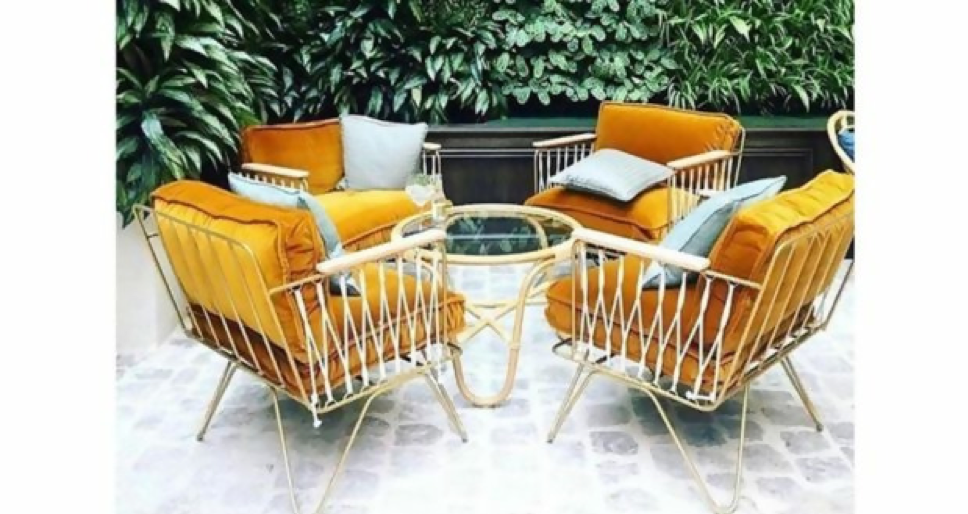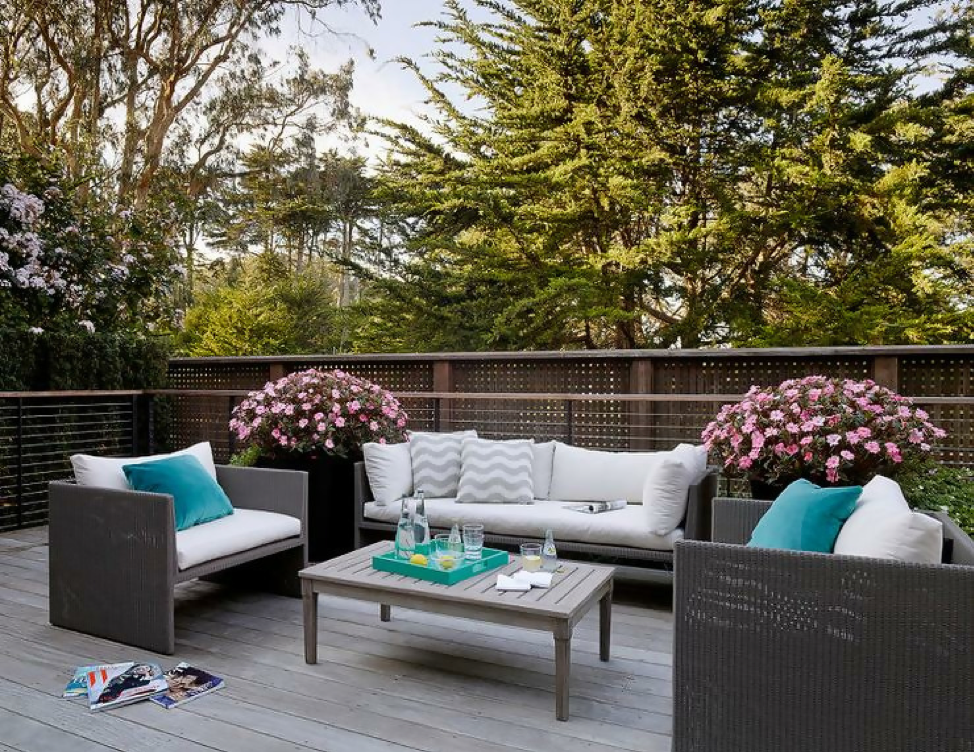Tips for Using Velvet as Outdoor Fabric
Posted by John Dawkins on 18th Nov 2019
A pop of velvet can change the vibe of any room. Velvet can easily stand out from other upholstery fabrics, adding depth and definition to any furniture piece. That is why they’re often used for home furnishings, upholsteries, draperies, bed coverings, etc. for their elegance, cozy, warm, soft to touch, and inviting feel.
Though they’re comparatively harder to clean than other fabrics, they stand out for their texture, wide selection of rich colors, and comfort. It definitely feels as good as it looks.
Different Types of Outdoor Velvet

Textile manufacturing companies definitely understand the appeal of velvet. In the past few years, they have found ways to use velvet as an outdoor fabric. Now we have velvets that can withstand the harsh elements of the outdoors. This paved the way for the polyester velvet – 79% cotton, 21% polyester velvet.
The gorgeous sheen and feather-like softness of polyester velvet fabric makes it an incredible choice for furniture. They are far more durable than their natural fiber counterparts, provide better insulation, and wrinkle resistant.
Also, there is performance velvet. Before, outdoor performance fabrics were simplistic, stiff, and rough to touch. But they can last for years and withstand the harsh elements of nature. Now we have performance velvets in the market – they don’t fade or stain and are available in wide selection of beautiful patterns and soft textures, making it an incredible option for both indoor and outdoor use.
These outdoor velvet fabrics are designed to resist molds and mildew. They are now just as good as the traditional high-performance fabric that were treated with acrylics and blended with hard-wearing and weather-resistant materials.
Maintaining Your Velvet
Read the tag
The key to maintaining and keeping your velvet in good condition is to follow the manufacturer’s guidelines.
Watch out for hairs
Velvets are challenging to maintain. One of the most common complaints is that, velvet is a magnet for hair. Thus, pet hair can easily end up on your velvet furniture. To remove this, you can use a soft clothes brush or a velvet brush.
If hair is a major concern, you can also consider a color that matches your dog or cat’s hair. Of course, you still have to brush the fabric regularly to remove accumulated hair. The good thing about velvets is that, cats usually hate scratching them compared to obvious weaves like linen. It is best to brush your furniture weekly.

Brush your velvet
Prevent pressure marks by rotating your cushions regularly. Also, plump your cushions to keep your velvet wrinkle free.
If you get crush marks, simply brush the fabric to the direction of the nap. Again, use soft clothes brush or velvet brush. Should you need water-based cleaning solvents, spray the affected area with a light mist of clean water and brush gently.
Prep before cleaning
Also, before cleaning, make sure you vacuum-clean the velvet. Use the brush attachment and vacuum the fabric in the direction of the nap.
Use the right cleaning solvents
When cleaning the velvet, make sure you check the cleaning code. Some brands require the use of special cleaning solvent (code “S”). Before using any cleaning solution, test the solvent in inconspicuous spots.
Allow the fabric to completely dry before you replace the cushions or sit on it. Renew and soften the fabric using a velvet brush and brush in the direction of the nap.
Should you spill your drink on your velvet sofa, shake the liquid quickly so it doesn’t soak. Then, use a clean cloth to dab the area gently. Do blot the area with pressure and avoid make a larger wet spot. If there’s stain, refer to the manufacturer’s recommendation of cleaning solvent type to use. Again, dab the spot gently using the cleaning solvent.
Share:
